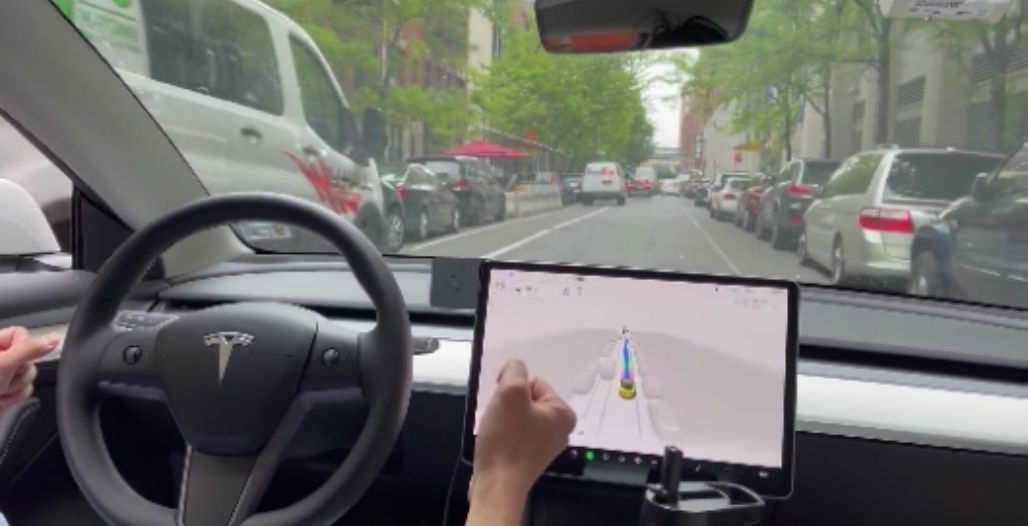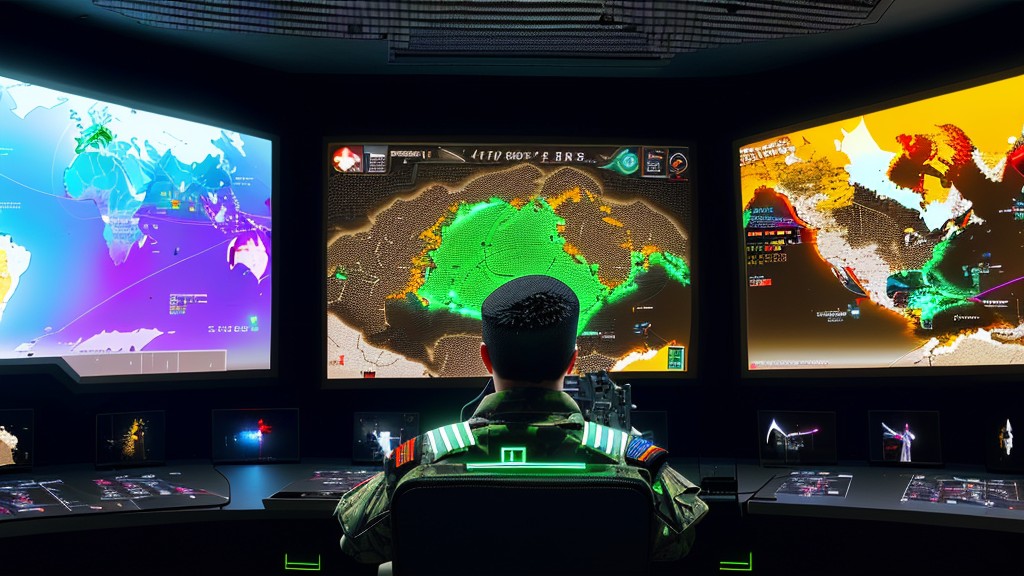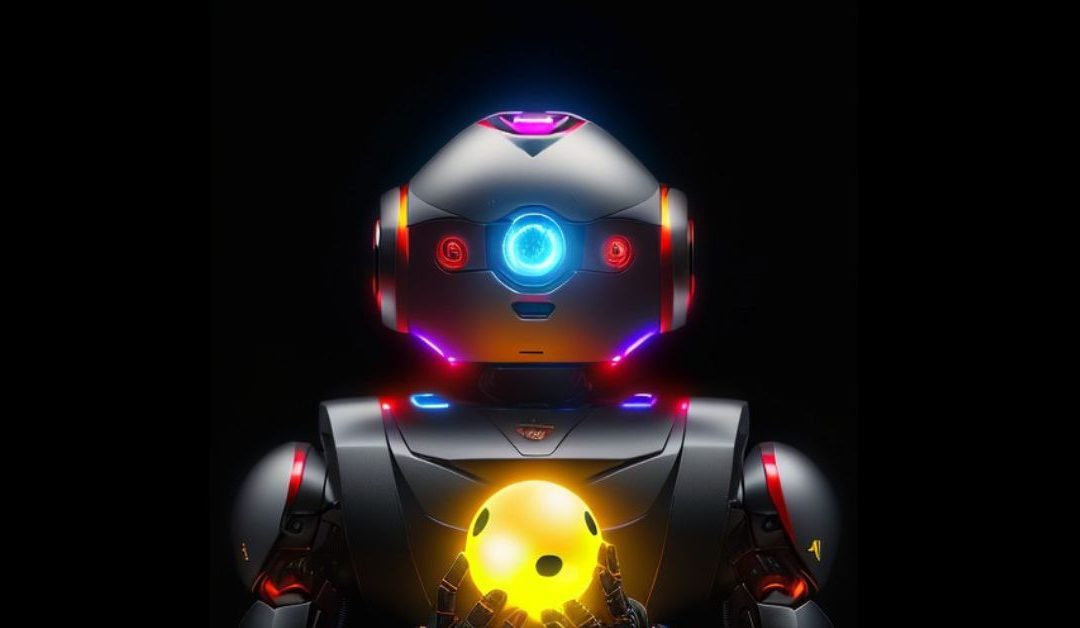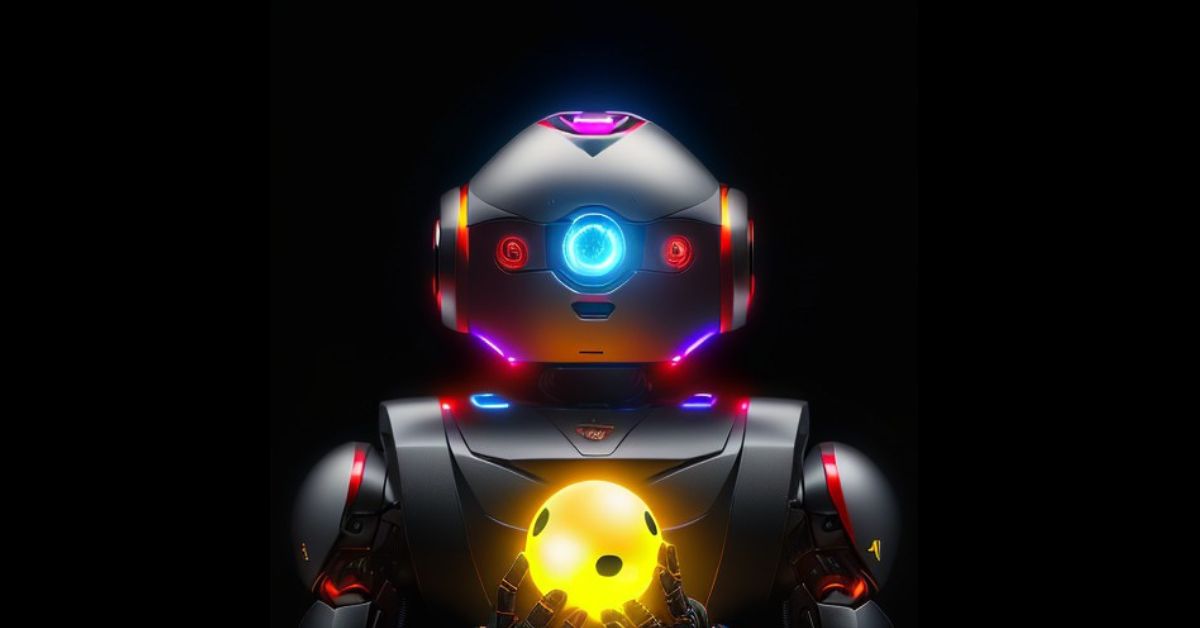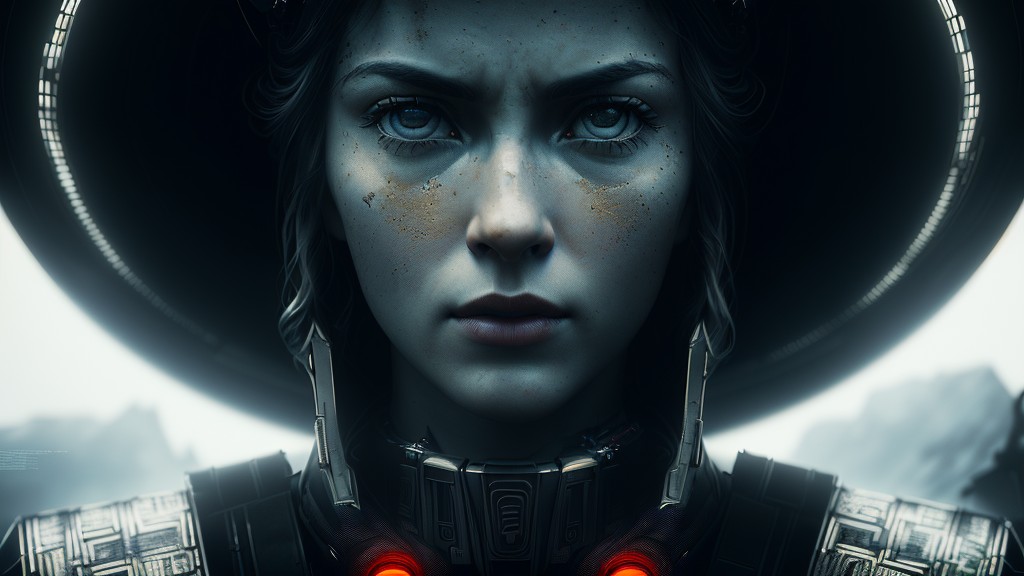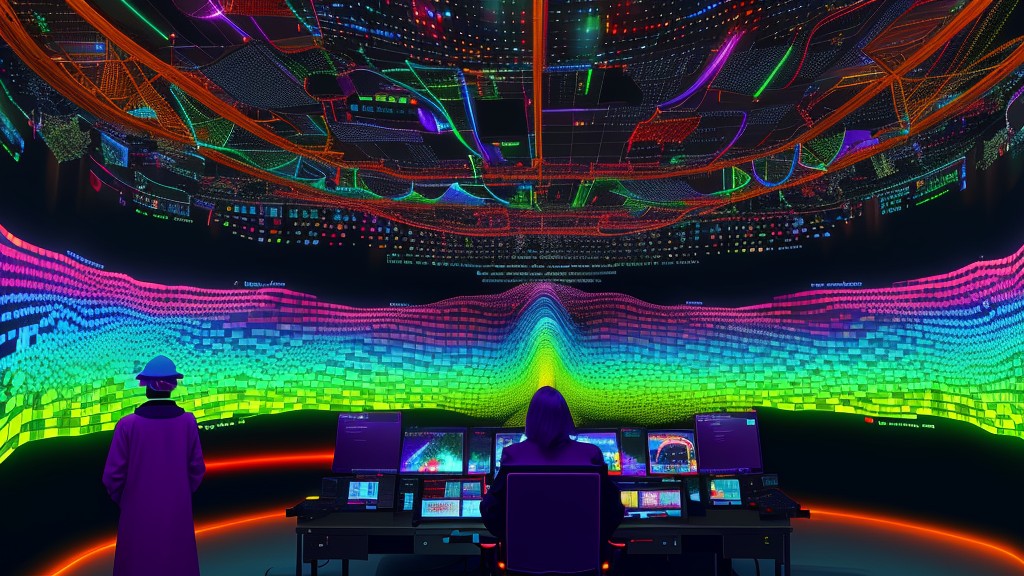
Meta’s ImageBind Revolutionizing AI with Multisensory Understanding

Meta’s ImageBind Revolutionizing AI with Multisensory Understanding
Hold onto your hats, AI enthusiasts! Meta is once again making waves in the AI realm with the exciting introduction of ImageBind, their latest open-source project. This innovative AI research model stands out by comprehending and integrating a multitude of data types – including text, audio, visual, movement, thermal, and depth data – opening up unprecedented avenues in the AI landscape.
Here’s a snapshot of the groundbreaking possibilities that ImageBind ushers in:
– Multimodal Search Capabilities: By fusing various data types, ImageBind is set to supercharge search functionalities, delivering more precise and comprehensive results. This could usher in a revolutionary shift in multimedia search.
– Embedding-Space Arithmetic: With its ability to understand and merge different data types, ImageBind enables complex operations in the embedding space, potentially leading to groundbreaking insights and applications.
– Converting Audio to Image Generation: Picture this – translating audio cues into visual imagery. With ImageBind, this could soon be a reality, immensely enhancing the capabilities of VR systems and robotics.
ImageBind represents a significant stride forward in the quest for multisensory understanding in AI. This revolutionary model could drastically alter how we interact with technology, edging us closer to a future where AI can perceive and understand the world just as we do. Keep your eyes peeled for more groundbreaking developments from Meta!
In the AI race, Meta’s ImageBind is undoubtedly a project to watch!

